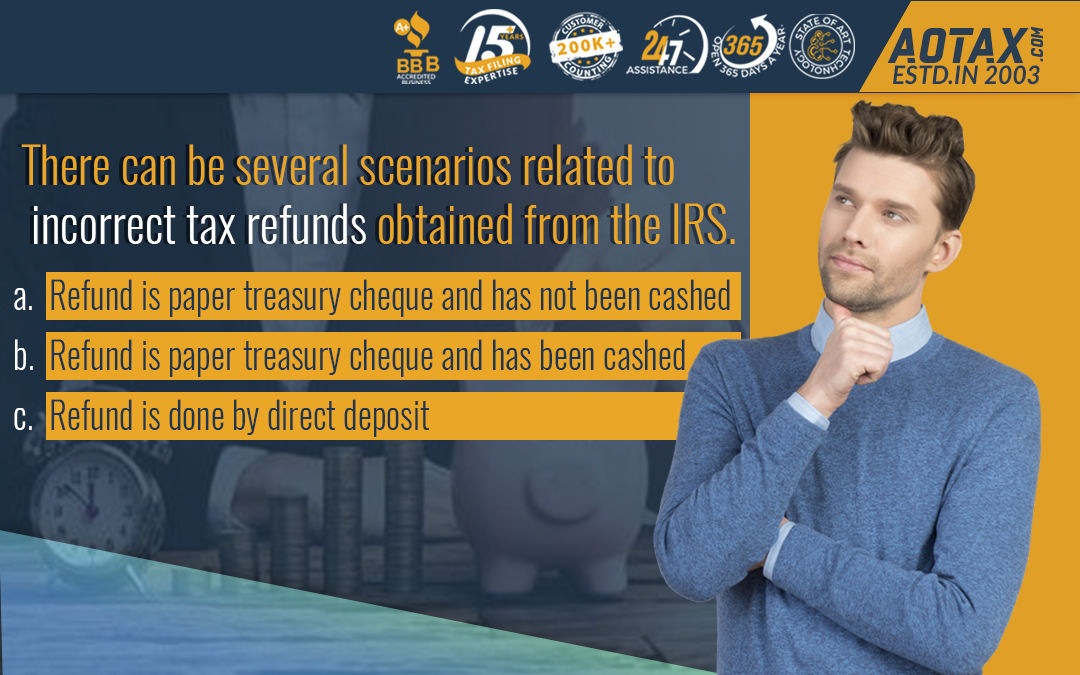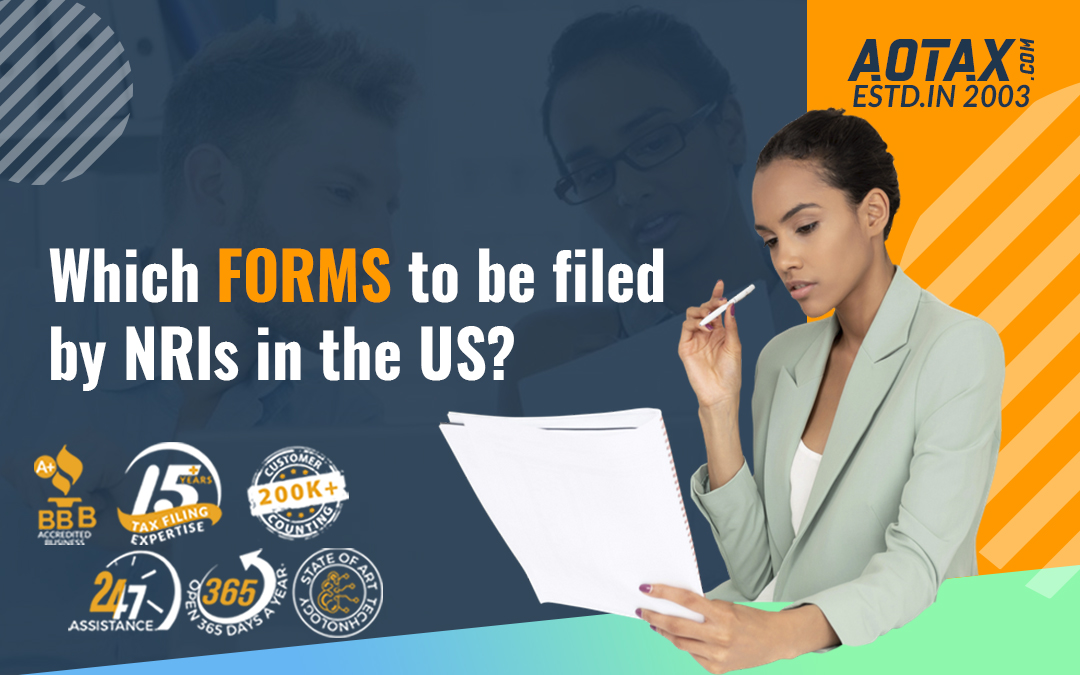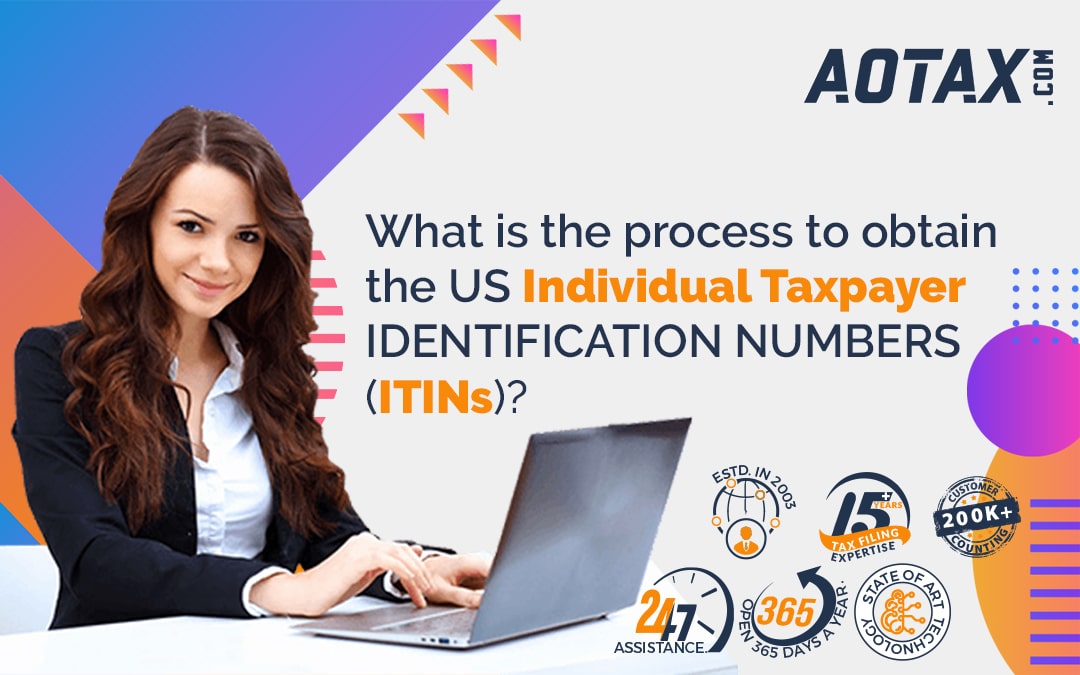
How to return an incorrect Tax Refund?
How to return an incorrect Tax Refund?
There might be situations in which you might have obtained an incorrect tax refund. You are not entitled to obtain that tax refund or you might have obtained more than what you should obtain; in such cases, you can return the incorrect tax refund.
There can be several scenarios related to incorrect tax refunds obtained from the IRS.
- In case of the refund obtained was a paper treasury cheque and has not been cashed.
- In case of the refund obtained was a paper treasury cheque and has been cashed.
- In case of the refund obtained being a direct deposit.

Refund is paper treasury cheque and has not been cashed
In this scenario, the below-mentioned steps can be followed.
- On the back of the cheque in the endorsement section, “Void” has to be written.
- The paper cheque must be submitted immediately to the correct IRS location but by 21days of receipt of the refund. The appropriate location i.e. the name of the city is mentioned in an abbreviated form in the bottom text line. It is mentioned just in front of the words “Tax Refund” in the Refund cheque.
- You should simply place the cheque within the envelope without bending it, putting any staple or paper clip on it.
- You will have to add a note highlighting “Return of erroneous refund cheque” and should explain in brief the actual reason for returning the refund cheque.
Refund is paper treasury cheque and has been cashed
In case the refund received is erroneous, is in the form of paper treasury cheque and has been cashed then the below-mentioned steps need to be taken.
- In this case, you must submit a personal cheque or a money order to the appropriate IRS location. The location i.e. the name of the city must be mentioned in the form of an abbreviation in the bottom text line just in front of the words “Tax Refund”.
- This should be done immediately within 21 days of the receipt of the tax refund.
- Suppose, you do not have access to the copy of the cheque then you can contact the operations team of the IRS and connect with the assistor. The assistor will give you detailed information on what to do for returning an erroneous tax refund.
- You need to mention certain details on the cheque or money order which you are submitting to the IRS.
- You need to write “Payment of erroneous refund” on the cheque or money order.
- You will also have to mention the tax period for which the tax refund was issued and TIN (Tax Identification Number).
5. Along with these details, you should also give a brief explanation of the reason for which the refund is being done.
6. Since you have cashed an incorrect refund cheque you might have to pay some additional interest to the IRS.
Refund is done by direct deposit
- You will have to contact the Automated Clearing House (ACH) department of the bank or the financial institution where the direct deposit has been received. You can inform them about the actual cause and request them to return the refund received to the IRS.
- You will have to call on the IRS toll-free number and explain to them the reason underlying the return of the refund obtained in the form of a direct deposit.
- There may be a need for paying interest on the erroneous refund.
In general, when there is a change in the tax refund by the IRS then there would a notice sent by the IRS to your mailing address. This notice would explain to you the reason for the adjustments made by the IRS in the tax refunds. You should review the information given and check the refund. Moreover, you can contact the toll-free number for further support or information on this.
Conclusion
So, obtaining an incorrect tax refund can be quite a common happening but when you have an idea of what to do next then it would be easier. You can easily return your incorrect refund obtained and generate the request for obtaining the correct refund soon.










Recent Comments